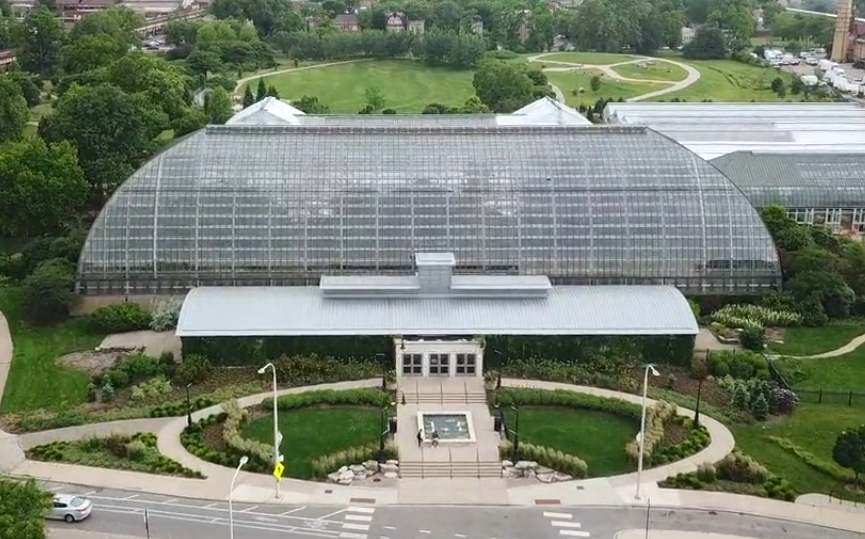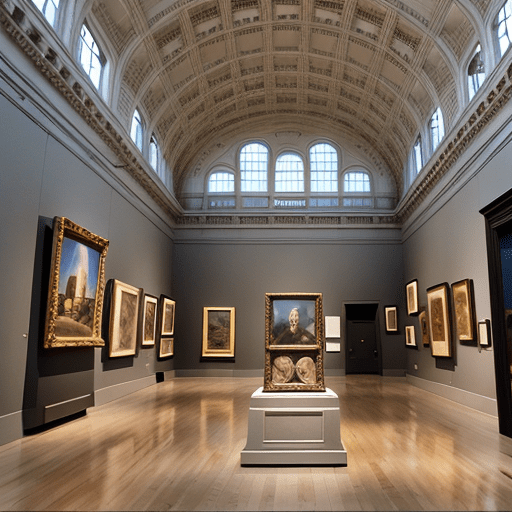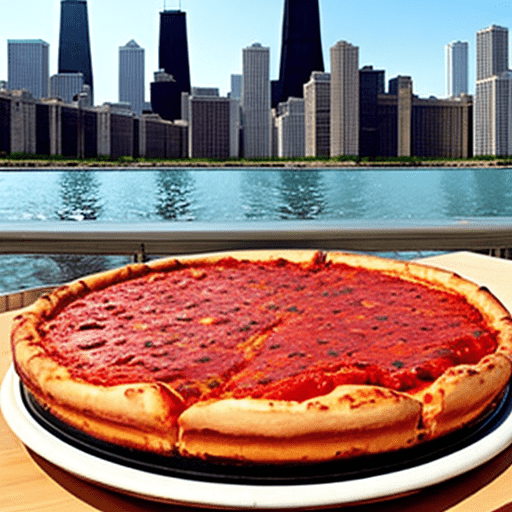Garfield Park Conservatory: A Greenhouse Gem in Chicago
Garfield Park Conservatory, an architectural marvel nestled in Chicago, represents a world of botanical wonder within its walls. As one of the nation’s largest conservatories, it’s often referred to as “landscape art under glass.” This article will explore the conservatory’s history, features, and significance as a cherished locale for plant enthusiasts and casual visitors alike.
Conservatory Overview
Garfield Park Conservatory, established in the 1880s and reconstructed in 1908, sets a standard for greenhouse conservatories across the United States. It’s an oasis of botanical diversity, with a collection of thousands of plant species from all around the world. The conservatory spans approximately two acres indoors, with an additional 12 acres of outdoor gardens to explore during the summer season.
Hours of Operation
The conservatory is open to the public from 10:00 am to 5:00 pm on Sundays, Thursdays, Fridays, and Saturdays. On Wednesdays, it stays open till 8:00 pm. It remains closed on Mondays and Tuesdays. For more information and to reserve your time slot, visit the official website.
History
The Garfield Park Conservatory’s inception dates back to 1908. At that time, it replaced a trio of smaller Victorian glass houses that were built in Chicago’s West Park System in the 1880s. The conservatory’s innovative design was the brainchild of the renowned landscape architect Jens Jensen, who collaborated with Hitchings & Company, a New York-based engineering firm specializing in greenhouses.
Jensen’s vision for the conservatory was revolutionary – he aimed to create an experience of ‘naturalistic landscapes under glass.’ This vision was brought to life through a combination of architectural ingenuity and horticultural richness.

Exhibits and Features
The conservatory houses eight rooms, each offering a unique botanical experience. The Palm House showcases an array of tropical plants, while the Fern Room recreates the prehistoric landscape of Chicago with lush ferns, cycads, and an indoor lagoon.
The Aroid House features 16 yellow glass lily pads designed by Dale Chihuly, while the Desert House contains an impressive collection of cacti and succulents. The Show House rotates seasonal floral exhibits, and the Elizabeth Morse Genius Children’s Garden provides an interactive educational experience for young visitors.
The Horticulture Hall is a serene spot for relaxation and marveling at the mosaic Moroccan Fountain. The Sugar from the Sun exhibit educates visitors on how plants produce energy.
Events and Programming
The Garfield Park Conservatory hosts a variety of events and programs throughout the year. These include the County Fair, Creatures of the Night, Beer Under Glass, and Fleurotica. These events, among others, have significantly increased attendance and interest, propelling the conservatory to its current status as one of Chicago’s premier cultural institutions.
The Garfield Park Conservatory Alliance
Established in 1995, the Garfield Park Conservatory Alliance is a private organization committed to enhancing the conservatory’s reach and impact. The Alliance has successfully raised millions of dollars for educational programs, community relations, and visitor services over the years.
Location and Contact
The Garfield Park Conservatory is located at 300 N. Central Park Ave., Chicago, IL 60624, United States.



Public Transit Access
The conservatory is conveniently accessible via the Green Conservatory–Central Park Drive station.
Booking the Conservatory for Events
Whether you’re planning a corporate event or a wedding, the Horticulture Hall within the Garfield Park Conservatory can be rented for such occasions.
Conservation Efforts
The conservatory is not just a place of beauty but also a site of significant conservation work. It houses some of the oldest species of plants on earth, including several cycads that are over 200 years old.
The Garfield Park Conservatory is more than a greenhouse. It’s a testament to architectural innovation, horticultural excellence, and community engagement. Whether you’re a plant enthusiast, a student of architecture, or simply someone looking for a peaceful retreat, the conservatory offers something for everyone.